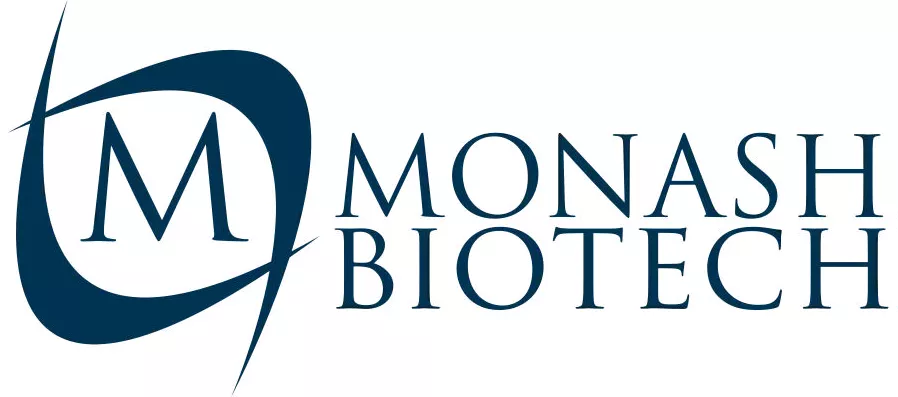How Biopsy is done ?
Embryo biopsy is a delicate and essential procedure in the world of assisted reproductive technology (ART). It involves extracting a small sample of cells from a developing embryo for genetic testing, providing valuable insights into its health and viability. This information is crucial for selecting the most promising embryos for transfer, increasing the chances of a successful pregnancy and the birth of a healthy child.
Understanding Embryo Biopsy - When and Why
Embryo biopsy is typically performed during in vitro fertilization (IVF) at two main stages:
Cleavage Stage Biopsy (Day 3): This involves removing one or two cells (blastomeres) from the embryo when it reaches the 6-8 cell stage. It's often used for preimplantation genetic testing for monogenic disorders (PGT-M), where specific inherited genetic conditions are screened.
Blastocyst Biopsy (Day 5-6): This involves taking a few cells from the outer layer of the embryo (trophectoderm) when it has reached the blastocyst stage. This is commonly used for preimplantation genetic testing for aneuploidy (PGT-A), which checks for chromosomal abnormalities.
How Embryo Biopsy is Performed ?
The process of embryo biopsy requires precision, expertise, and specialized equipment. Here's a simplified overview of the steps involved:
Preparation : The embryo is held gently in place using a holding pipette.
Zona Drilling : A small opening is created in the embryo's outer shell (zona pellucida) using either a laser or an acidic solution.
Cell Removal : A biopsy pipette is used to carefully aspirate the desired number of cells through the opening in the zona pellucida.
Sample Preparation : The biopsied cells are then prepared for genetic analysis,
which can involve various techniques like next-generation sequencing (NGS) or polymerase chain reaction (PCR).
The Importance of Precision and Expertise
Embryo biopsy is a highly skilled procedure that requires a meticulous approach. The embryologist performing the biopsy must be experienced and have a thorough understanding of embryo development and the potential risks involved. The use of high-quality micropipettes, such as those offered by Monash Biotech, is also crucial for ensuring accurate and gentle cell removal.
Benefits and Considerations of Embryo Biopsy
Embryo biopsy offers significant benefits in the field of ART, including:
Improved IVF Success Rates : By selecting healthy embryos for transfer,
PGT can increase the chances of a successful pregnancy and reduce the risk of miscarriage.
Reduced Risk of Genetic Disorders : PGT can help prevent the transmission of inherited genetic conditions to offspring.
Family Balancing : In some cases, PGT can be used to select the sex of the embryo.
However, it's important to note that embryo biopsy does carry a small risk of damage to the embryo. It's crucial to discuss the potential risks and benefits of the procedure with your fertility specialist and genetic counselor before making a decision.
The Future of Embryo Biopsy
Research is ongoing to develop even less invasive techniques for embryo biopsy, such as non-invasive PGT (niPGT), which analyzes DNA fragments released by the embryo into the culture medium. This could eliminate the need for physical cell removal and potentially reduce the risk of embryo damage.
So, embryo biopsy is a complex yet invaluable procedure in the field of ART. It offers couples the opportunity to have healthy babies while minimizing the risk of genetic disorders. With continued advancements in technology and techniques, embryo biopsy is poised to play an even greater role in shaping the future of reproductive medicine.
FAQ's
Our Products
Blastomere Biopsy Micropipettes
Holding Micropipettes
Injection Micropipettes
Polar Body Biopsy Micropipettes
Trophectoderm Biopsy Micropipettes Bevelled
Trophectoderm Biopsy Micropipettes Flat
Support
Customer Support
Frequently Asked Questions
Chat Support
Chat on FaceBook Messenger
Helpful Resources
Privacy Policy
Please note that the 3D models displayed on this website are for illustrative purposes only. Actual product dimensions, colors, and finishes may vary. These models should not be considered a precise or guaranteed representation of the final product.
© 2025 Monash Biotech. All Rights Reserved.
Designed & Developed by Goafreet Company


